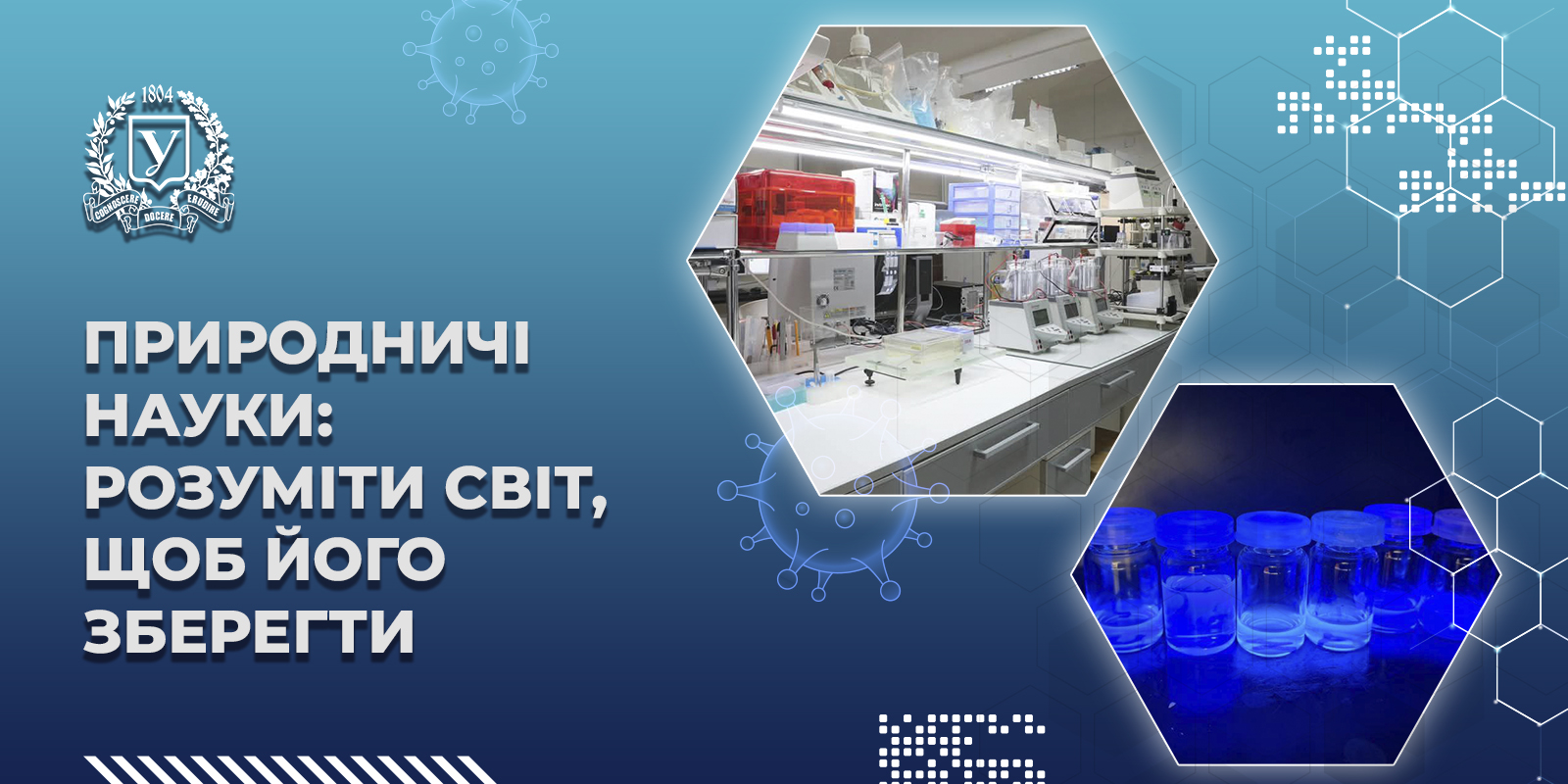Scientific Horizons of Karazin: Yaroslav Grechko on Kharkiv as a Center of Ukrainian Nuclear Education
.jpg)
Kharkiv — a city where history and modernity intersect — once again proves its important role on the map of Ukrainian science. It is not only an industrial, educational, and cultural center but also the heart of nuclear education in Ukraine. For many years, one of the priority areas of activity at the Education and Scientific Institute of the "School of Physics and Technology" has been the training of specialists in nuclear physics — a discipline with enormous potential for solving energy crises and advancing medicine.
This year, Karazin University opened its doors to the youngest researchers by hosting a Summer School in Nuclear Physics for schoolchildren with the support of the European Nuclear Education Network (ENEN). This event is a vivid testament that Kharkiv continues to nurture a new generation of scientists who will shape Ukraine's future in the field of nuclear energy and technology.
Why has Kharkiv become the center of Ukrainian nuclear education, and how does Karazin University manage to maintain its leading position in training world-class competitive specialists? Senior Researcher of the Department of Reactor Materials and Physical Technologies of the Education and Scientific Institute of the "School of Physics and Technology," Yaroslav Hrečko, spoke about this.
 The Beginning of Nuclear Physics Research in the World:
The Beginning of Nuclear Physics Research in the World:
The first phenomenon in the field of nuclear physics (the natural radioactivity of uranium salts) was discovered in 1896 by Henri Becquerel. Two years later, Pierre Curie and Marie Sklodowska-Curie discovered the radioactivity of thorium and isolated polonium and radium from uranium salts, whose radioactivity turned out to be millions of times stronger than that of uranium and thorium.
Ernest Rutherford, known as the "father of nuclear physics," conducted detailed experimental studies of radioactive radiation and showed that radioactive emissions consist of three types of rays, named α (alpha), β (beta), and γ (gamma) rays. In 1911-1913, Rutherford conducted an experiment by bombarding gold foil with alpha particles, which led to the understanding that most of an atom's mass is concentrated in its nucleus, with electrons orbiting around it. This model became known as the planetary model of the atom.
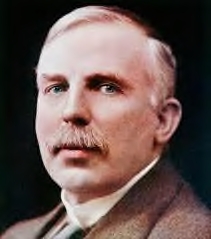
In 1919, Ernest Rutherford demonstrated that when nitrogen is bombarded with alpha particles, positively charged particles (protons) are emitted, whose mass is nearly 2,000 times greater than that of electrons. This reaction, which involved transforming a nitrogen nucleus into an oxygen nucleus, was the first proven instance of the conversion of one element into another.
After Rutherford's achievement of the first artificial nuclear reaction using alpha particles, scientists realized that alpha particles could be artificially produced using high voltages. However, calculations using classical formulas indicated that these voltages had to be extremely high — several million volts— far beyond the capabilities of the high-voltage technology of that time. George Gamow, a physicist of Ukrainian origin, applied quantum mechanics theory to calculate the necessary voltage to produce alpha particles. It turned out that this voltage could be ten times lower than the one suggested by classical formulas.
In the winter of 1929, Gamow personally presented his calculations to Rutherford, who then ordered the construction of a suitable experimental setup. Academician Abram Ioffe wrote that "Gamow's theory opened the way for penetrating the nucleus."
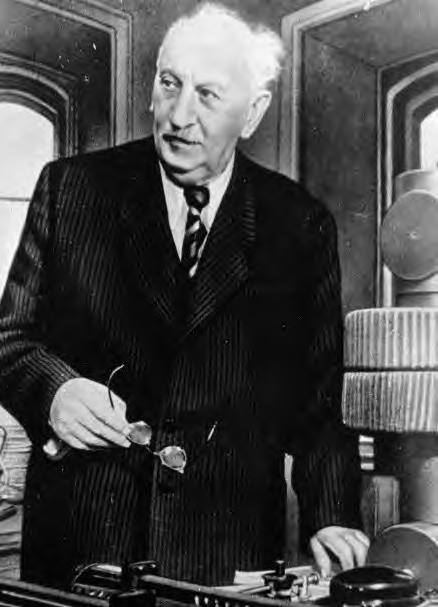
On April 14, 1932, John Cockcroft and Ernest Walton used their newly developed accelerator to bombard lithium nuclei with high-energy protons, splitting the nucleus into two helium atoms. This was the first non-spontaneous, human-controlled splitting of an atomic nucleus in the world. For this accomplishment, they were awarded the Nobel Prize in Physics in 1951.
The Establishment of the NSC KIPT — Ukraine's Largest Physics Science Center and the First Lithium Nucleus Splitting in the USSR
To advance important scientific fields (at the time, nuclear physics and solid-state physics), the Ukrainian Physical-Technical Institute (UFTI) was established in 1928. Today, the institute is known as the National Scientific Center Kharkiv Institute of Physics and Technology (NSC KIPT) and is one of the oldest and largest centers of physical science in Ukraine. The initiative to establish the institute and its first chair of the scientific and technical council was Academician Abram Ioffe. Just four years after the institute opened, on October 10, 1932, a group of young, talented scientists — Anton Walter, Georgy Latyshev, Oleksandr Leipunsky, and Kyrylo Sinelnykov — achieved a remarkable result by performing the first artificial splitting of a lithium nucleus with accelerated protons in the USSR. This experiment was conducted almost simultaneously with the one performed by John Cockcroft and Ernest Walton, initiating nuclear physics research in the former USSR and establishing a school of nuclear physicists.

A Commemorative Sign for the Atomic Nucleus Splitting Experiment at NSC KIPT
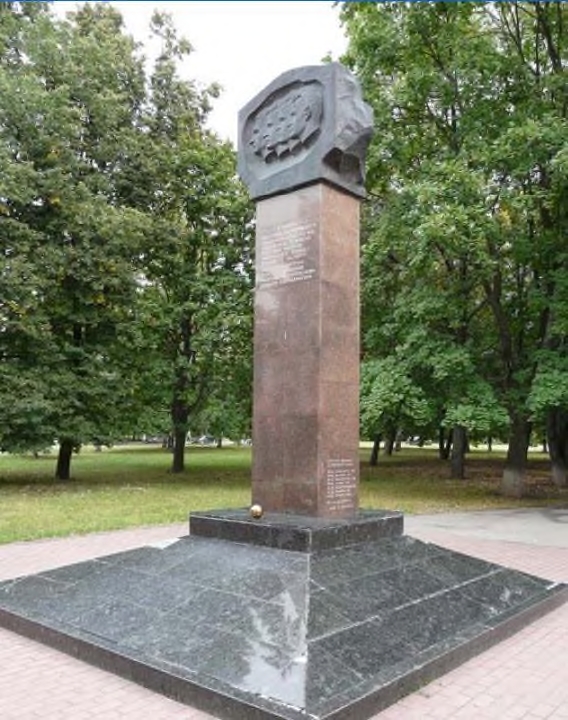
On October 10, 2002, a commemorative sign was unveiled to mark the 70th anniversary of the atomic nucleus splitting experiment at NSC KIPT.
Further Developments in Nuclear Physics at UFTI
Following the successful splitting of the atomic nucleus, funding was allocated for the High Voltage Building and the Large Electrostatic Generator.
From 1932 to 1937, talented theoretical physicist and future Nobel laureate Lev Davidovich Landau worked at UFTI. In Kharkiv, he established a world-renowned school of theoretical physics. The first three conferences on theoretical physics in the former USSR took place there, and the first volumes of the Landau-Lifshitz course on theoretical physics were written.
In 1940, UFTI researchers Friedrich Lange, Vladimir Shpinel, and Viktor Maslov filed patents for a nuclear bomb and methods for producing uranium-235. For the first time, they proposed an explosion scheme using conventional explosives to create a critical mass, which would then initiate a chain reaction.
Laboratory No. 1
In 1943, the former USSR launched large-scale efforts to develop atomic weapons, with Igor Kurchatov appointed as the scientific director of the project. UFTI also participated in these efforts, and in 1946, a special laboratory called Laboratory No. 1 was established under the leadership of Academician Kyrylo Sinelnykov. Symbolically, it was housed in the institute's High Voltage Building.
Laboratory No. 1 of the USSR Academy of Sciences was a scientific institute created to produce the first Soviet nuclear bomb.
Many prominent physicists participated in the laboratory's work, including Igor Kurchatov. Notable foreign specialists like Niels Bohr and Paul Dirac also visited the laboratory.
UFTI's involvement in the Soviet Atomic Project marked the beginning of training specialists in the then-new field of nuclear science and technology in Kharkiv.
The Beginning of Nuclear Education in Kharkiv
To train specialists in nuclear physics, Kharkiv State University was chosen because leading UFTI staff were already working there.
From September 1, 1935, to February 1937, Lev Landau, the chief theoretician of UFTI, taught at the university: initially in the Department of Theoretical Physics, and in October 1935, he headed the Department of Experimental Physics. It was here in Kharkiv that Landau conceived the idea of creating a course on theoretical physics. The first volumes were written in Kharkiv and "tested" on university students.
From 1936 to 1966, Professor Kyrylo Sinelnykov taught at Kharkiv University. He headed the Department of Experimental Physics from January 15, 1937, to 1956. Sinelnykov actively participated in organizing the Department of Nuclear Physics (special department) in 1948 at the School of Physics and Mathematics, which later became the basis for the School of Physics and Technology at Kharkiv University in 1962.
From 1937 to 1965, Professor Anton Walter worked at the university. In 1937, with the support of Sinelnykov, he organized the first Department of Atomic Nucleus Physics in Ukraine at the university, which later became the Department of Electronic Processes and Nuclear Physics. In 1946, he founded and later headed the first Department of Experimental Nuclear Physics in Ukraine.
Other prominent UFTI scientists, such as Lev Shubnikov, Oleksandr Leipunsky, and Oleksandr Akhiezer, also worked at the university.
In 1947, Kharkiv University celebrated the first graduation of nine nuclear physicists. The graduation was conducted based on the Department of Electronic Processes and Nuclear Physics, headed by Anton Walter.
From 1948, nuclear physics specialists were trained by instructors from the Nuclear Physics Department, which was organized at the School of Physics and Mathematics of Kharkiv University. The main task of this unit was to train highly qualified nuclear physicists for the former USSR's atomic sector. Hryhoriy Kryvets was appointed head of the department and deputy dean of the Schools of Physics and Mathematics. The Nuclear Department included the Department of Experimental Physics (headed by Professor Kyrylo Sinelnykov), the Department of Electronic Processes and Nuclear Physics (headed by Professor Anton Walter), and the Department of Theoretical Physics (headed by Professor Oleksandr Akhiezer).
Establishment of the School of Physics and Technology at Karazin University
On November 21, 1962, the Minister of Higher and Secondary Specialized Education of the Ukrainian SSR signed an order to establish the School of Physics and Technology at Kharkiv State University, based on the Nuclear Physics Department of the School of Physics and Mathematics.
The school included the following departments: Experimental Nuclear Physics (headed by Academician Anton Walter), Theoretical Nuclear Physics (headed by Academician Oleksandr Akhiezer), Accelerators (headed by Associate Professor O. Nekrashevych), organized in May 1962, Plasma Physics (headed by Academician Kyrylo Sinelnykov), and the newly established Department of Reactor Materials (headed by Academician Viktor Ivanov).
Illia Ivanovych Zaliubovskyi was appointed dean of the new school.
After the School was established, preparations began for the construction of a separate building for the School of Physics and Technology in the village of Pyatykhatky, next to the new NSC KIPT site. The idea of building the educational building near the institute (and its funding) belonged to the institute's leadership, particularly its director, Kyrylo Sinelnykov. This created ideal conditions for jointly training highly qualified specialists under the "Physics and Technology system."
Education and Research Institute "School of Physics and Technology" Today
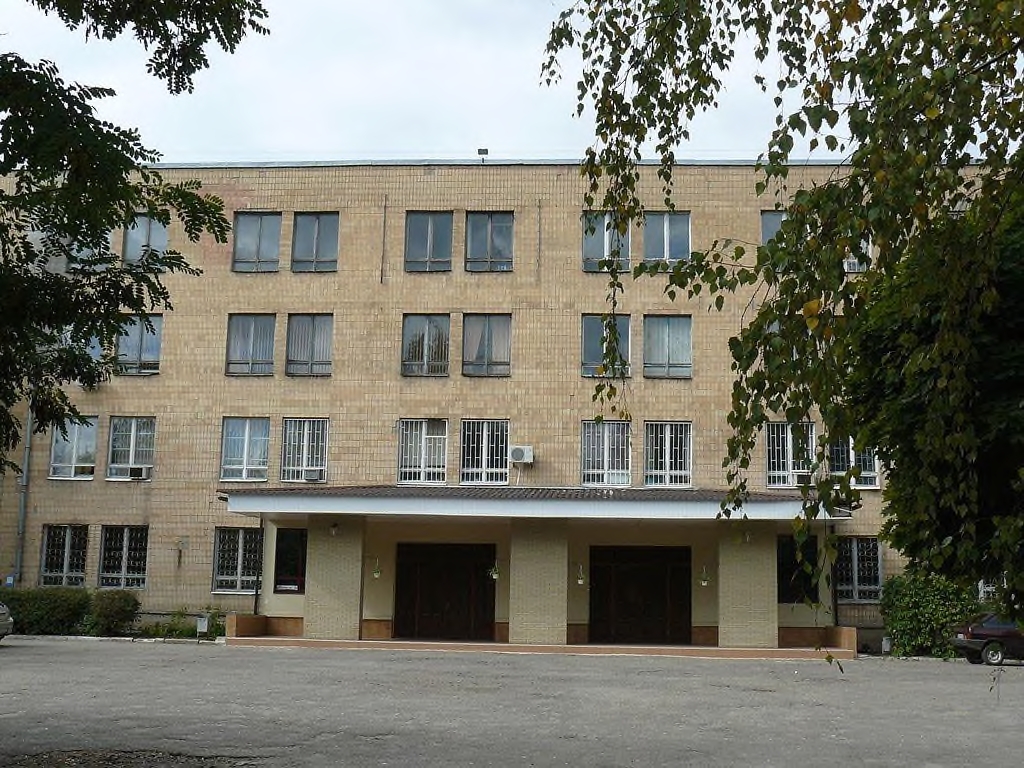
Education and Research Institute "School of Physics and Technology" is a modern educational and scientific center, supported by over 50 highly qualified lecturers and leading scientists.
The Institute comprises 4 departments that provide high-quality and professional education at all levels.
The School of Physics and Technology is involved in international alliances and consortia, such as the European Nuclear Education Network (ENEN) and the European Fusion Education Network (FuseNET).
Students and graduates are the school's greatest pride. This is evidenced by students' victories in national and international Olympiads, tournaments, and various competitions.
The Institute "School of Physics and Technology" is one of the schools preparing specialists for nuclear power plants. Nuclear energy is a promising field that is developing today and will continue to develop in the future. For Ukraine, the development of nuclear energy is undoubtedly a significant contribution to economic stability, energy independence, and environmental sustainability.



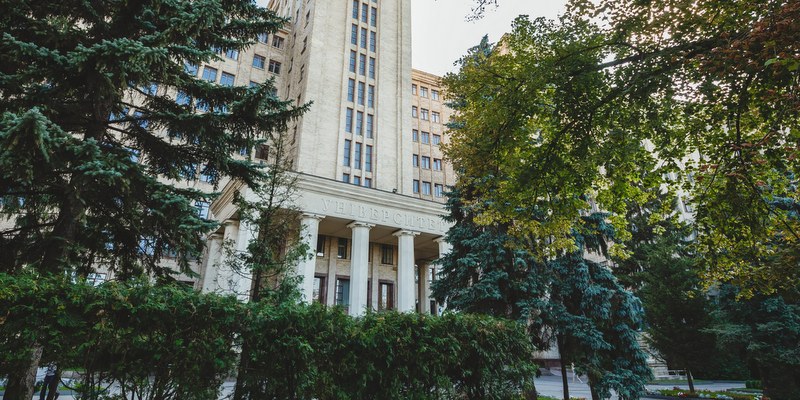
.jpg)
.png)
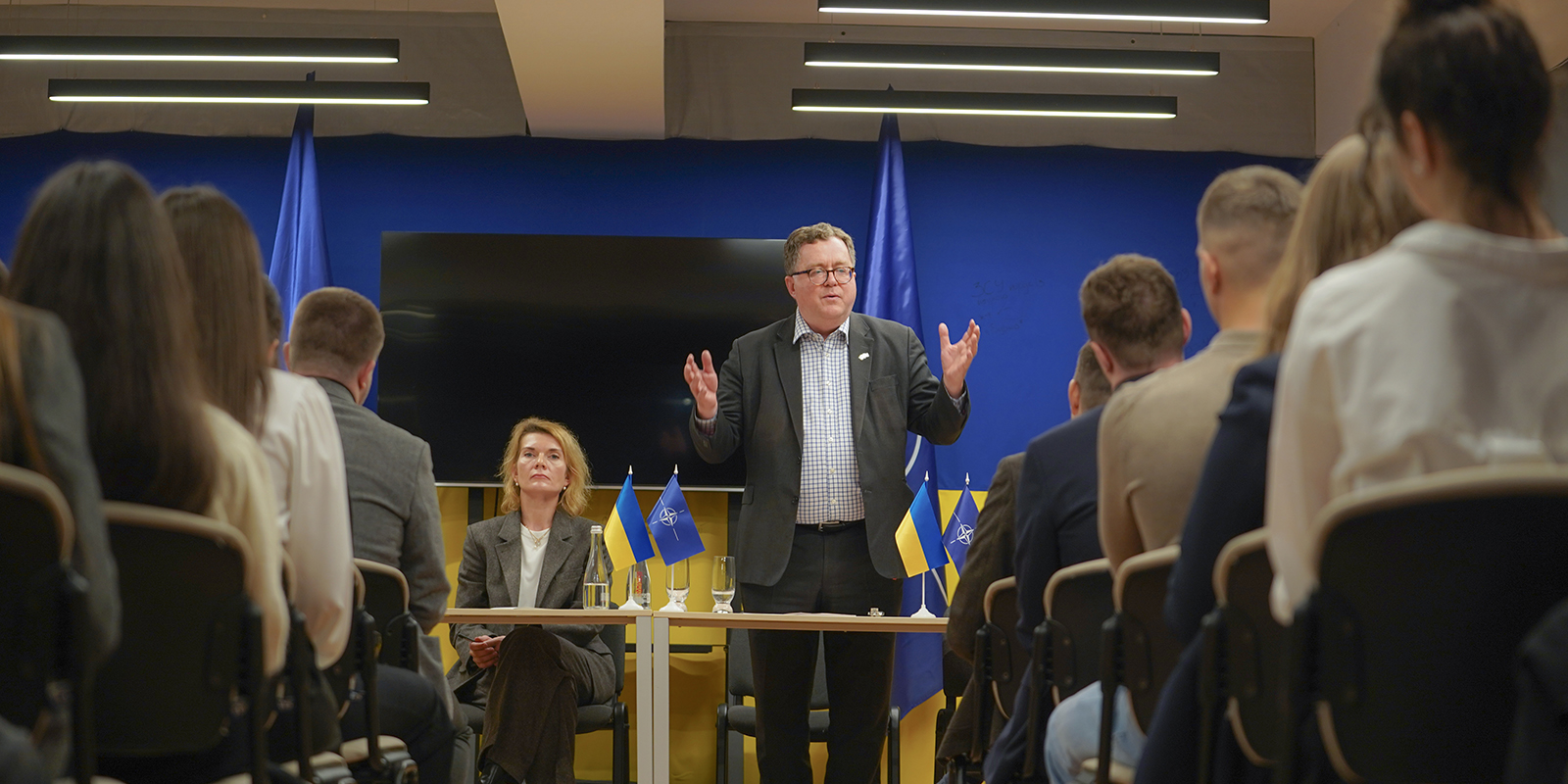
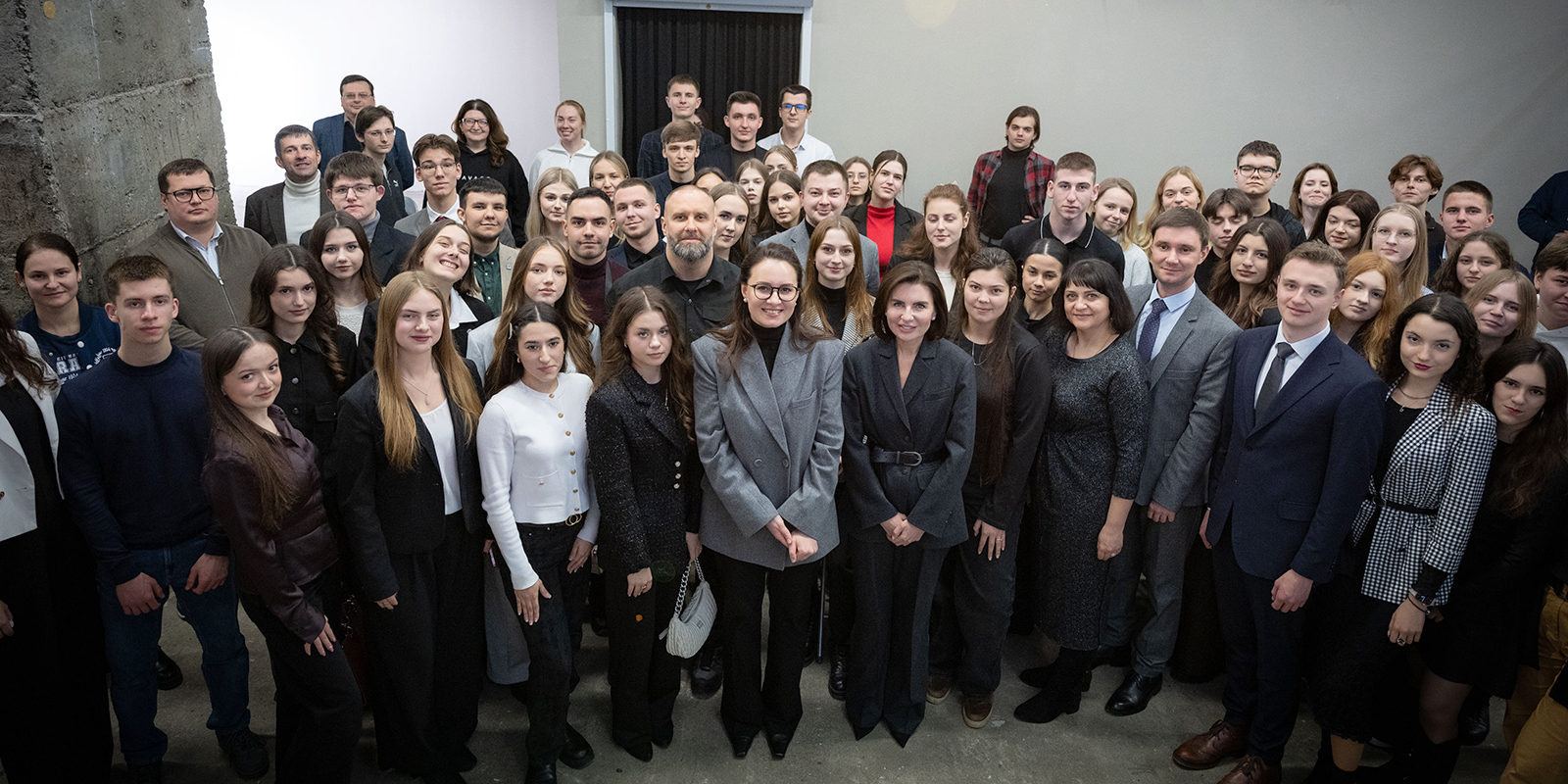
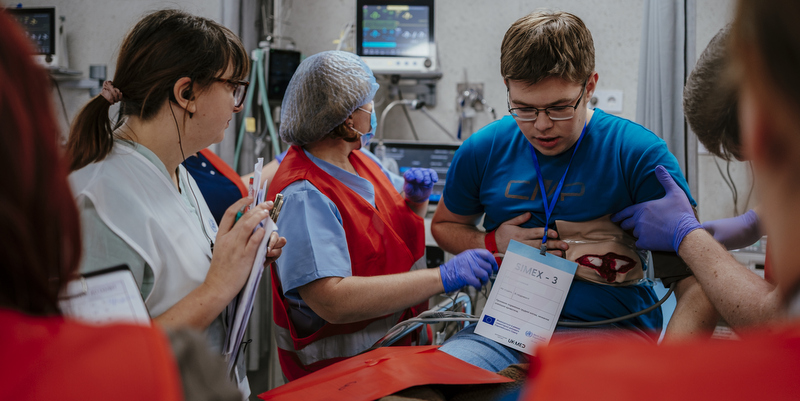


%20(1).jpg)
